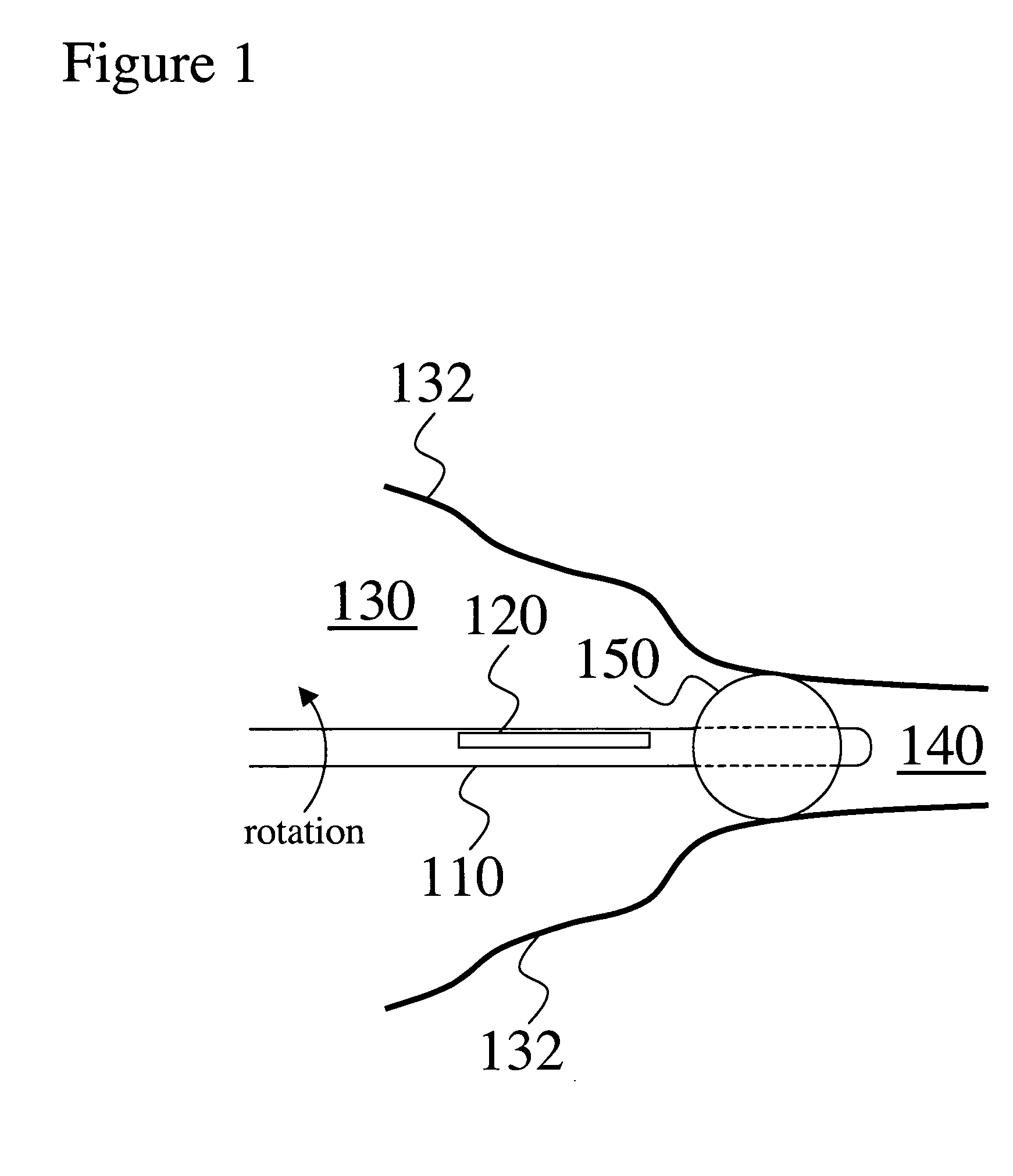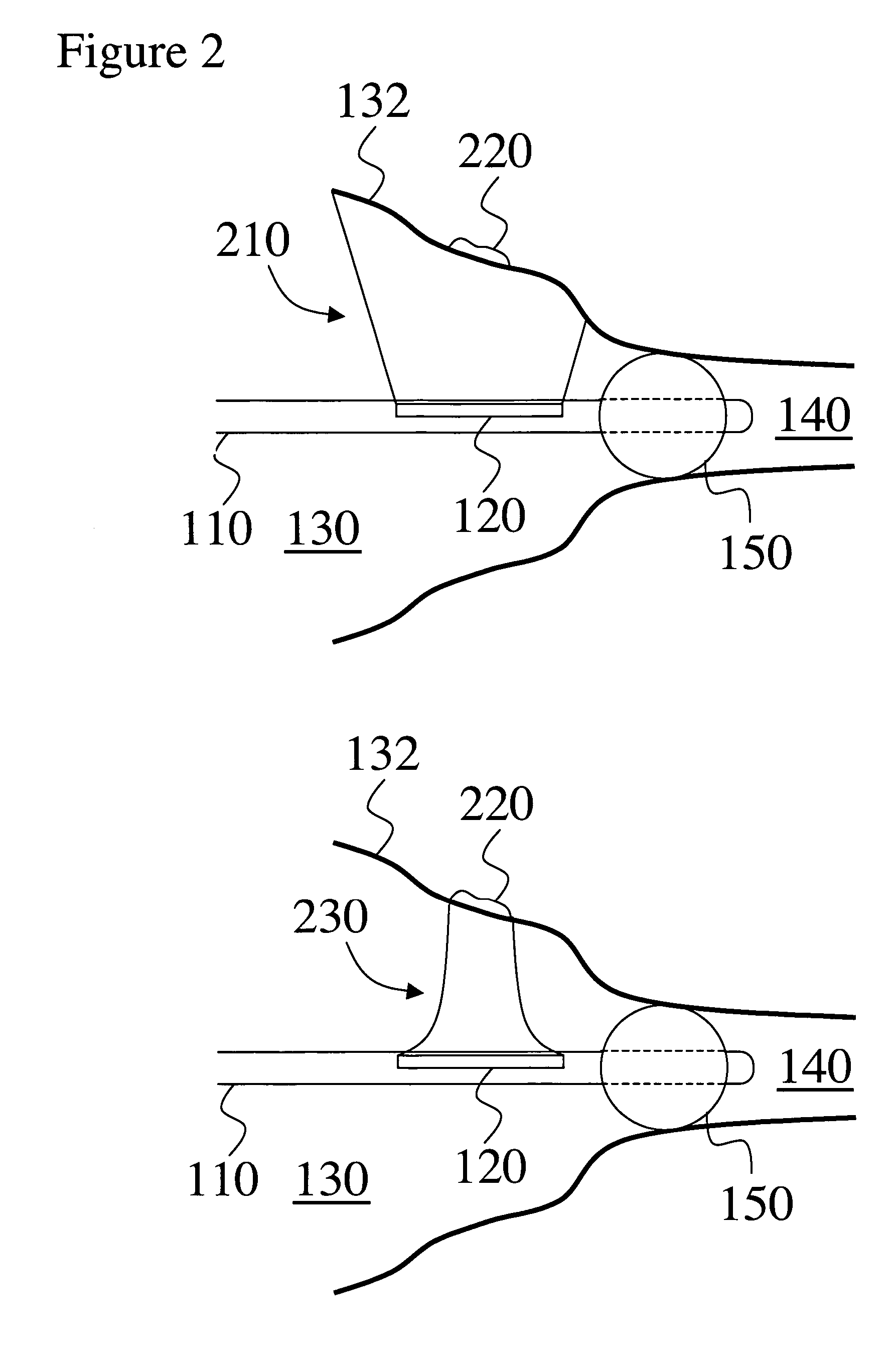High intensity focused ultrasound for imaging and treatment of arrhythmias
a high-intensity, focused ultrasound technology, applied in the field of arrhythmia treatment, can solve the problems of increasing mortality and morbidity, degrading the quality of life of patients, and and achieve the effect of significant reducing the overall treatment tim
- Summary
- Abstract
- Description
- Claims
- Application Information
AI Technical Summary
Benefits of technology
Problems solved by technology
Method used
Image
Examples
Embodiment Construction
[0021] Although the following detailed description contains many specifics for the purposes of illustration, anyone of ordinary skill in the art will readily appreciate that many variations and alterations to the following exemplary details are within the scope of the invention. Accordingly, the following preferred embodiments of the invention are set forth without any loss of generality to, and without imposing limitations upon, the claimed invention.
[0022] The apparatus of the present invention is a dual-mode high intensity focused ultrasound array 110 with an ablation mode and an imaging mode. Array 110 is integrated in the longitudinal direction of a catheter 120 and has a side-view with respect to catheter 120. In one aspect, the diameter of the catheter is up to 4 mm and is preferably 2-3 mm. In yet another aspect, the catheter is a 7-French catheter with a diameter of about 2.31 mm. The length of the array should be at least 15 mm and is preferably about 20-30 mm. The width ...
PUM
 Login to View More
Login to View More Abstract
Description
Claims
Application Information
 Login to View More
Login to View More - R&D
- Intellectual Property
- Life Sciences
- Materials
- Tech Scout
- Unparalleled Data Quality
- Higher Quality Content
- 60% Fewer Hallucinations
Browse by: Latest US Patents, China's latest patents, Technical Efficacy Thesaurus, Application Domain, Technology Topic, Popular Technical Reports.
© 2025 PatSnap. All rights reserved.Legal|Privacy policy|Modern Slavery Act Transparency Statement|Sitemap|About US| Contact US: help@patsnap.com



